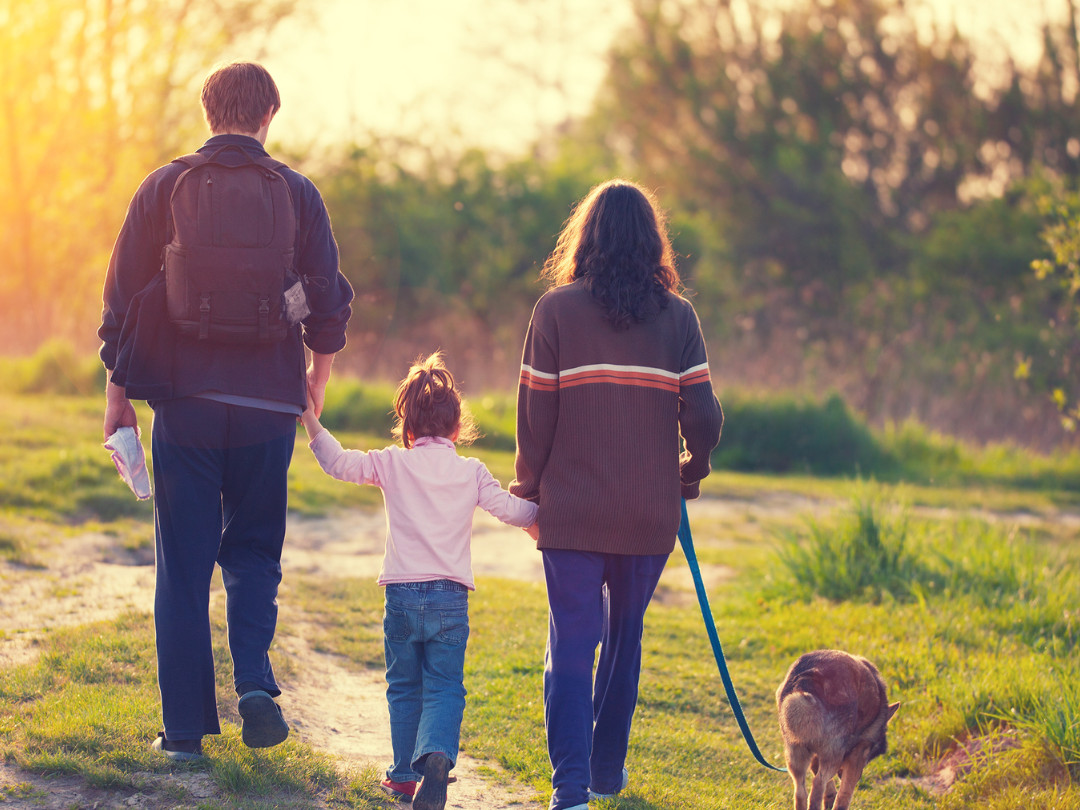Key Takeaways:
- Generally, there is a strong correlation between social connection and positive health outcomes
- Social connections may be protective against heart disease–related deaths
- Social connections increase self-management of diabetes
- Communities can improve social connection for residents through improving the built environment, particularly through increasing green spaces
Eliza Prickett is a Master’s student in Public Health at Brigham Young University. As part of her program, she prepared a literature review on the effects social connectedness has on health outcomes. A portion of her review is included below. The literature review in its entirety can be viewed here.
Human beings thrive with social connections, and this connection impacts those in the community. Social connection is “the size and diversity of one's social network and roles, the functions these relationships serve, and their positive or negative qualities,” according to the CDC (CDC, 2024). Lack of social connection is “associated with chronic physical symptoms, frailty, coronary heart disease, malnutrition, hospital readmission, reduced vaccine uptake, early mortality, depression, social anxiety, psychosis, cognitive impairment in later life, and suicidal ideation” (Morina et al., 2021). Increasing social connection helps the individual and compounds itself, growing with each connection until the entire community is positively impacted.
An emerging way to increase social connection, especially in urban environments, is to include greenspace and Public Open Spaces (POS) in urban planning. Social isolation, loneliness, and social belonging are all impacted by the built environment (Reed & Bohr, 2020). Maintaining these built environments is essential for maintaining social connections, as there is a direct influence on the upkeep of a social environment and mental health connections (Leyden et al., 2011; Sullivan & Chang, 2011). These built environments can create spaces for social connections to flourish. Making these social environments green, whether through flowers and trees or just having grass, can add to the social benefit these spaces create for communities in Utah. As new communities continue to grow and develop in Utah, providing ways to increase social connection has many long-term benefits for mental and emotional health and overall physical health.
CDC. (2024, May 16). Social Connection. Social Connection. https://cdc.gov/social-connectedness/about/index.html
Morina, N., Kip, A., Hoppen, T. H., Priebe, S., & Meyer, T. (2021). Potential impact of physical distancing on physical and mental health: a rapid narrative umbrella review of meta-analyses on the link between social connection and health. BMJ Open, 11(3), e042335. https://doi.org/10.1136/bmjopen-2020-042335
Reed, S., & Bohr, J. (2020). The Influence of Local Built Environments on Social Wellbeing: a Community’s Experience with Social Isolation, Social Loneliness, and Social Belonging. International Journal of Community Well-Being. https://doi.org/10.1007/s42413-020-00091-6
Leyden, K. M., Goldberg, A., & Duval, R. D. (2011). The built environment, maintenance of the public sphere and connections to others and to place: an examination of 10 international cities. Journal of Urbanism: International Research on Placemaking and Urban Sustainability, 4(1), 25–38. https://doi.org/10.1080/17549175.2011.559946
Sullivan, W. C., & Chang, C.-Y. (2011). Mental Health and the Built Environment. Making Healthy Places, 106–116. https://doi.org/10.5822/978-1-61091-036-1_7

